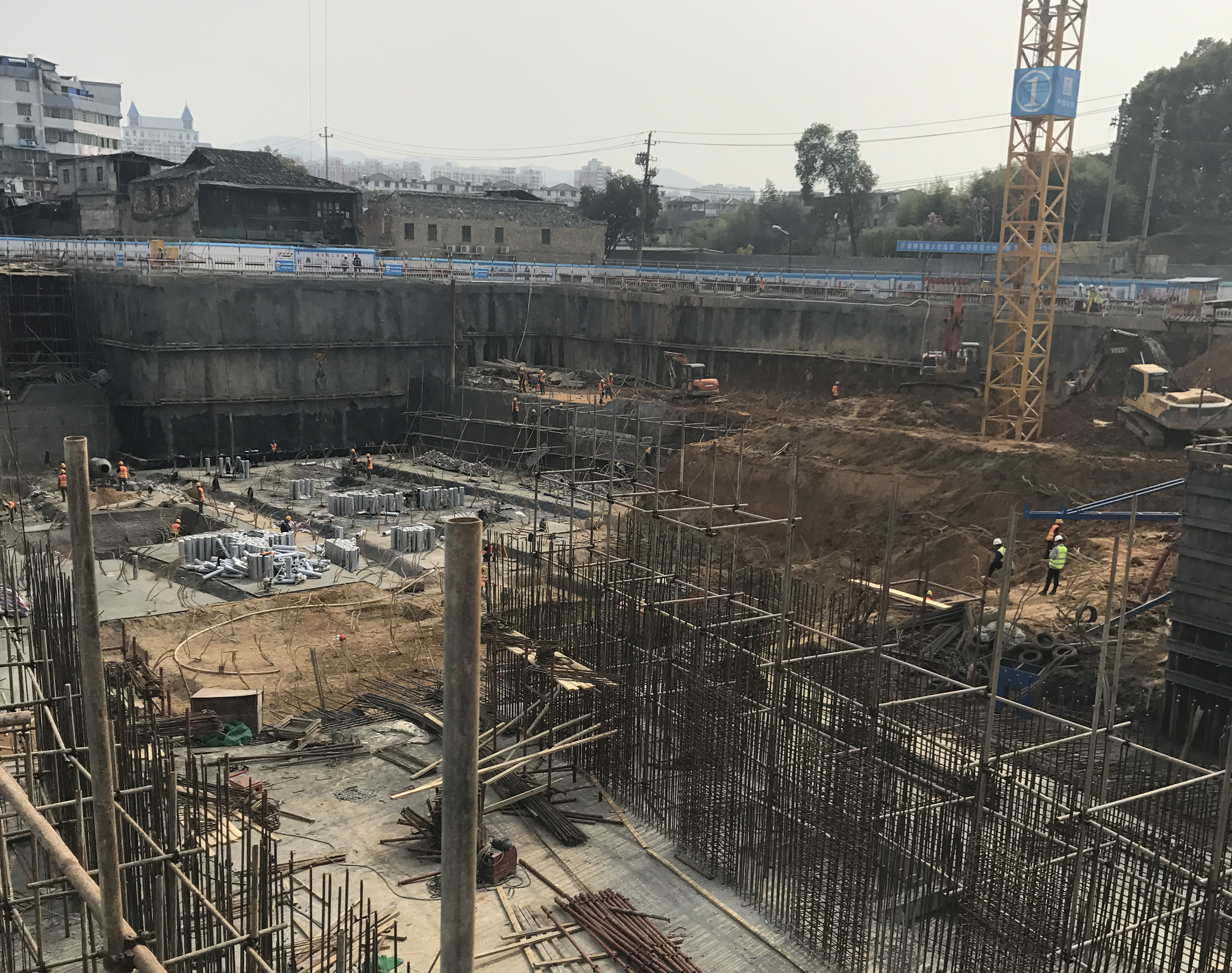Jingdezhen Imperial Kiln Museum has won 2017 Architectural Review Future Project Awards
2017.03.16
On 15th March 2017, The Architectural Review has announced the winners of their 2017 Architectural Review Future Project Awards at the JW Marriott in Cannes . Jingdezhen Imperial Kiln Museum, designed by Studio Zhu Pei, is the winner of the Cultural Regeneration category. The awards are a celebration of architectural excellence in un-built or forthcoming projects spanning 11 categories. This program is organised and awarded annually by the international magazine Architectural Review since 2002. Previous winners include Foster+Partners, Herzog & de Meuron, Mecanoo Architects, Perkins+Will and WOHA.

Located in the historic center of Jingdezhen and surrounded by variously-scaled kilns ruins of Ming and Qing Dynasties, Jingdezhen Historical Museum of Imperial Kiln has been under construction since Oct 11th, 2016. Jingdezhen is a city of porcelain and kiln. Kilns gave the birth to this city and became dependent spaces for people’s lives and communication. The bricks of Jingdezhen record a warmth inseparable from the lifeblood of the city. In the past, the children of Jingdezhen would take a warm brick from the firing kilns to place in their schoolbags, holding it tight to keep warm and thus making it through the freezing winter. During summer, when off season starts, this place surrounded by brickwork provide the public of different age groups wonderfully a shaded communal space.

With imperishable memories from generation to generation, those broken ancient kilns of course became the inspiration of the design. The unique form of the kilns, the Eastern arch prototype , plus its passing time and memories, shaped the isomorphic relations of kilns, porcelains and people. The volume of the museum is reflected in arches in varied scales and sizes. A number of different sizes and different body mass brick arch layout, creating a atmosphere, relaxed, casual, manual and natural. When walking across the multiple kilns and sunken courtyards, people can obtain a kind of both familiar yet strange spatial experience.

This small-scaled and themed museum will only exhibit porcelains manufactured and unearthed in Ming and Qing imperial kilns. The GFA of the building is around 10,400 sqm, with 7800 sqm underground and 2600 sqm above ground. The basement has 2 floors while the structure above ground contains 8 double-curved arches. The height of the building is 9 meters and the material includes bricks of kilns, concrete and timber. The construction is expected to be finished by the end of 2017.
This year the honored jury members include:
Paul Finch, the Director of World Architecture Festival and editorial director of the Architectural Review and Architects' Journal
Christina Seilern, the Founder of Studio Seilern Architects
Peter Stewart, Architect and Principal of Peter Stewart Consultancy
Sutherland Lyall, the Architectural Journalist of The Architectural Review
Roger Zogolovitch, AADipl, RIBA
Jingdezhen Imperial Kiln Museum has won 2017 Architectural Review Future Project Awards
2017.03.16
On 15th March 2017, The Architectural Review has announced the winners of their 2017 Architectural Review Future Project Awards at the JW Marriott in Cannes . Jingdezhen Imperial Kiln Museum, designed by Studio Zhu Pei, is the winner of the Cultural Regeneration category. The awards are a celebration of architectural excellence in un-built or forthcoming projects spanning 11 categories. This program is organised and awarded annually by the international magazine Architectural Review since 2002. Previous winners include Foster+Partners, Herzog & de Meuron, Mecanoo Architects, Perkins+Will and WOHA.

Located in the historic center of Jingdezhen and surrounded by variously-scaled kilns ruins of Ming and Qing Dynasties, Jingdezhen Historical Museum of Imperial Kiln has been under construction since Oct 11th, 2016. Jingdezhen is a city of porcelain and kiln. Kilns gave the birth to this city and became dependent spaces for people’s lives and communication. The bricks of Jingdezhen record a warmth inseparable from the lifeblood of the city. In the past, the children of Jingdezhen would take a warm brick from the firing kilns to place in their schoolbags, holding it tight to keep warm and thus making it through the freezing winter. During summer, when off season starts, this place surrounded by brickwork provide the public of different age groups wonderfully a shaded communal space.

With imperishable memories from generation to generation, those broken ancient kilns of course became the inspiration of the design. The unique form of the kilns, the Eastern arch prototype , plus its passing time and memories, shaped the isomorphic relations of kilns, porcelains and people. The volume of the museum is reflected in arches in varied scales and sizes. A number of different sizes and different body mass brick arch layout, creating a atmosphere, relaxed, casual, manual and natural. When walking across the multiple kilns and sunken courtyards, people can obtain a kind of both familiar yet strange spatial experience.

This small-scaled and themed museum will only exhibit porcelains manufactured and unearthed in Ming and Qing imperial kilns. The GFA of the building is around 10,400 sqm, with 7800 sqm underground and 2600 sqm above ground. The basement has 2 floors while the structure above ground contains 8 double-curved arches. The height of the building is 9 meters and the material includes bricks of kilns, concrete and timber. The construction is expected to be finished by the end of 2017.
This year the honored jury members include:
Paul Finch, the Director of World Architecture Festival and editorial director of the Architectural Review and Architects' Journal
Christina Seilern, the Founder of Studio Seilern Architects
Peter Stewart, Architect and Principal of Peter Stewart Consultancy
Sutherland Lyall, the Architectural Journalist of The Architectural Review
Roger Zogolovitch, AADipl, RIBA